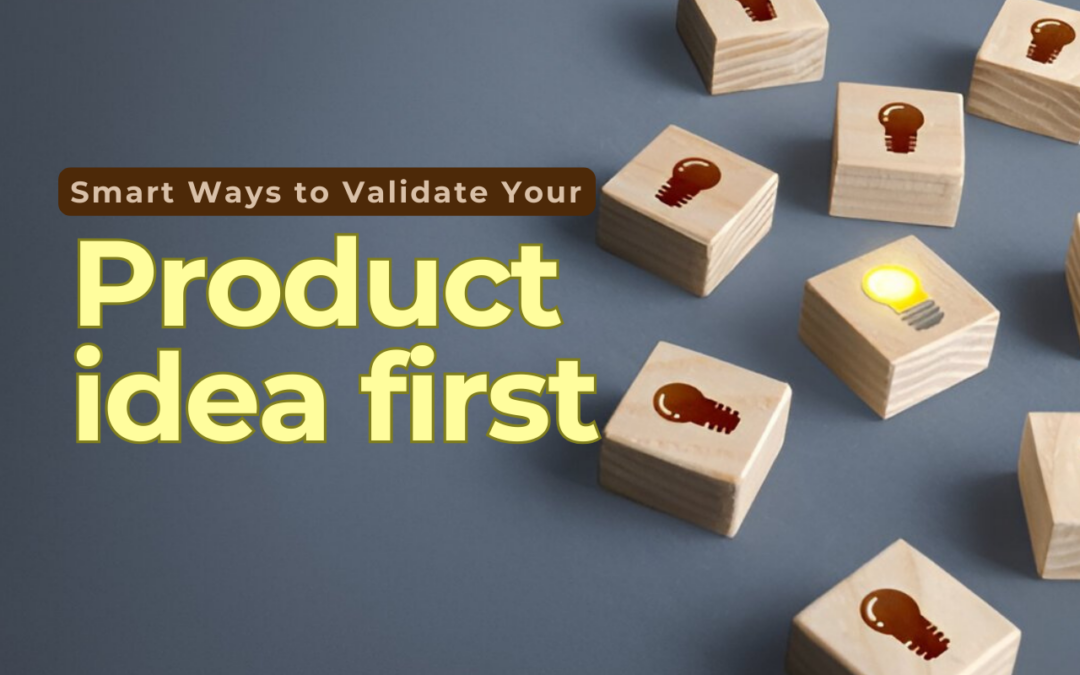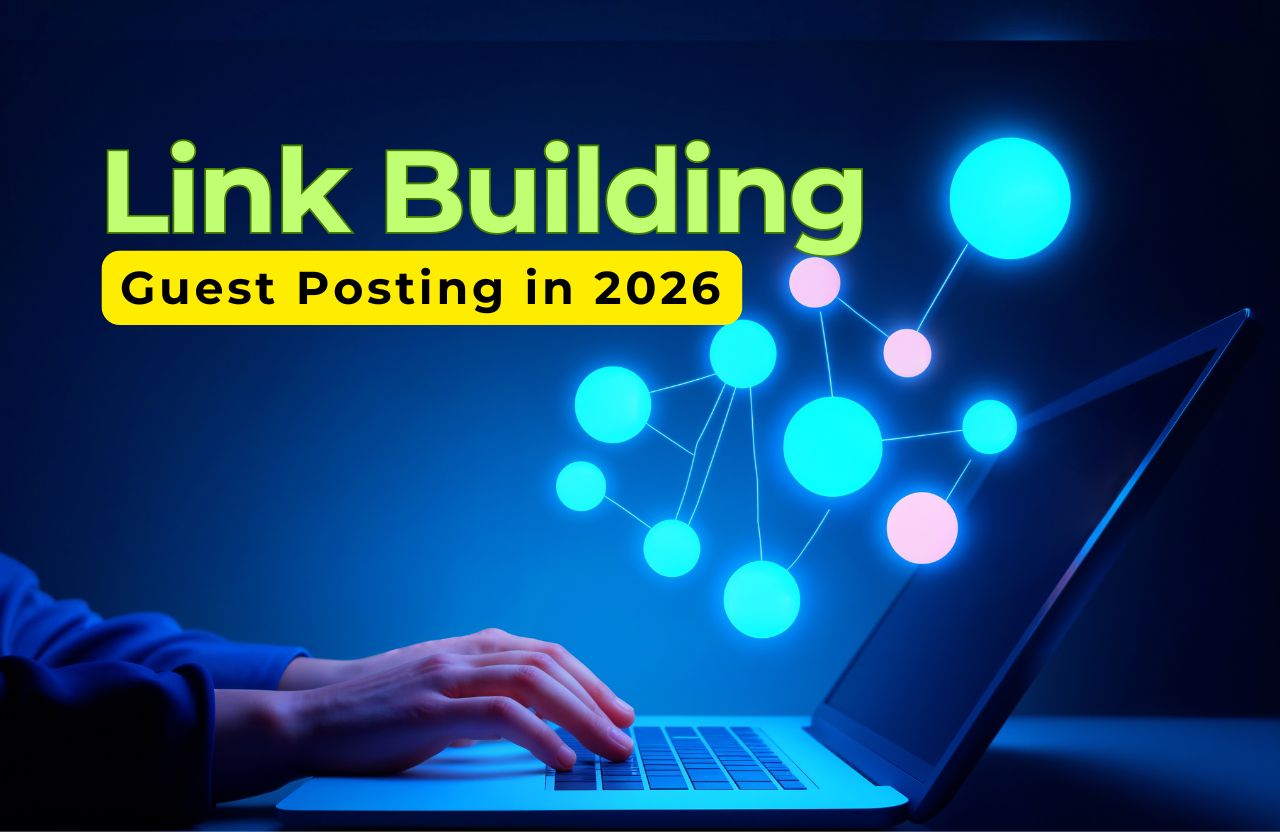The Biggest Mistakes Entrepreneurs Make
One of the most common mistakes entrepreneurs make is building a product before knowing if people will actually buy it. The excitement of an idea can cloud judgment, leading to wasted time, effort, and money. Instead of investing resources into developing something that might not have a market, the smartest entrepreneurs validate their product idea first.
Validating a product idea ensures that you are solving a real problem for real customers who are willing to pay. It minimizes risk and increases the chances of success. In this blog, we will explore practical and smart ways to validate your product idea before launching, so you can build what sells.
Why Product Validation is Critical
Before diving into validation methods, let’s break down why validation is crucial:
- Saves Time and Money: Avoid costly mistakes by identifying whether your idea has potential before investing heavily.
- Reduces Risk of Failure: Most startups fail due to lack of market need. Validation helps prevent this.
- Helps Understand Your Audience: Learning about your customers early on allows you to tailor your product to their needs.
- Attracts Investors: A validated idea is more attractive to investors and partners.
- Boosts Confidence: Knowing that there is demand for your product boosts confidence in your business decisions.
Smart Ways to Validate Your Product Idea
1. Conduct Market Research
Start by understanding the market landscape. Ask yourself:
- Who are your competitors?
- What are customers already buying?
- Are there trends supporting your idea?
Use tools like Google Trends, Statista, and industry reports to gather insights. You can also analyze competitor reviews to identify gaps in existing products that your idea can fill.
2. Define Your Target Audience
Not everyone will be your customer. Clearly define who your ideal customer is using these criteria:
- Age, gender, location
- Interests and behaviors
- Problems they face
Creating a buyer persona helps you tailor your validation efforts effectively. The more specific you are, the better your results will be.
3. Build a Landing Page and Track Interest
A simple but powerful way to validate demand is by creating a landing page that describes your product and captures leads.
Include:
- A compelling headline
- Product benefits and features
- A strong call-to-action (e.g., “Join the Waitlist” or “Pre-Order Now”)
- Testimonials or social proof (if available)
Use Google Analytics and tools like Hotjar to track visitor behavior. High engagement rates indicate potential interest.
4. Run Paid Ads to Test Demand
Use platforms like Facebook Ads, Google Ads, or TikTok Ads to drive traffic to your landing page.
- Set up small-budget test campaigns.
- Target your ideal customer segment.
- Analyze click-through rates and sign-up rates.
If you see significant engagement, it’s a good indicator of demand.
5. Conduct Customer Interviews & Surveys
Talking directly to potential customers gives you real insights. Use platforms like Google Forms, Typeform, or SurveyMonkey to create short surveys asking:
- What problem they are facing
- How they currently solve it
- Would they pay for a better solution?
You can also conduct one-on-one interviews to dive deeper. Even 10-15 quality conversations can reveal patterns and demand.
6. Offer a Pre-Order or Crowdfunding Campaign
A great way to validate product demand is by asking customers to pay upfront. If people are willing to commit money before your product exists, it’s a strong validation signal.
Platforms like Kickstarter, Indiegogo, or even a simple pre-order button on your website can help you test demand before building the full product.
7. Create an MVP (Minimum Viable Product)
Instead of building a full product, create an MVP with just enough features to solve a key problem. This can be:
- A simple prototype
- A service-based manual version of your product
- A wireframe or mockup
Release the MVP to a small audience and gather feedback before scaling up.
8. Leverage Social Media and Communities
Join relevant Facebook groups, Reddit forums, LinkedIn communities, and Twitter threads where your target audience hangs out. Share your idea and see the response.
Platforms like Product Hunt and Indie Hackers are also great places to validate your idea with early adopters and tech enthusiasts.
9. Monitor Competitor Success
If similar products are thriving, it’s a good sign. Tools like SEMrush, Ahrefs, and SimilarWeb can help analyze competitors’ website traffic, keyword rankings, and customer engagement.
10. Get Expert and Mentor Feedback
Connecting with industry experts, startup mentors, and business coaches can give you an outsider’s perspective. They may spot potential flaws or opportunities you missed.
What to Do After Validation
If your validation efforts indicate demand, congratulations! You now have the confidence to move forward. Here’s what to do next:
- Refine Your Product: Use feedback to improve the design, pricing, and features.
- Develop a Marketing Strategy: Define how you will reach and convert customers.
- Build Your Product: Start developing the full version of your product.
- Launch and Iterate: Launch to a small audience first, collect feedback, and optimize based on real user behavior.
Conclusion: Build What Sells, Not What You Assume
The best businesses don’t build what they think people want; they build what people have already shown interest in buying. By validating your product idea before launching, you save time, reduce risk, and set yourself up for success.
Instead of assuming, start testing today! Which of these validation strategies will you try first?












